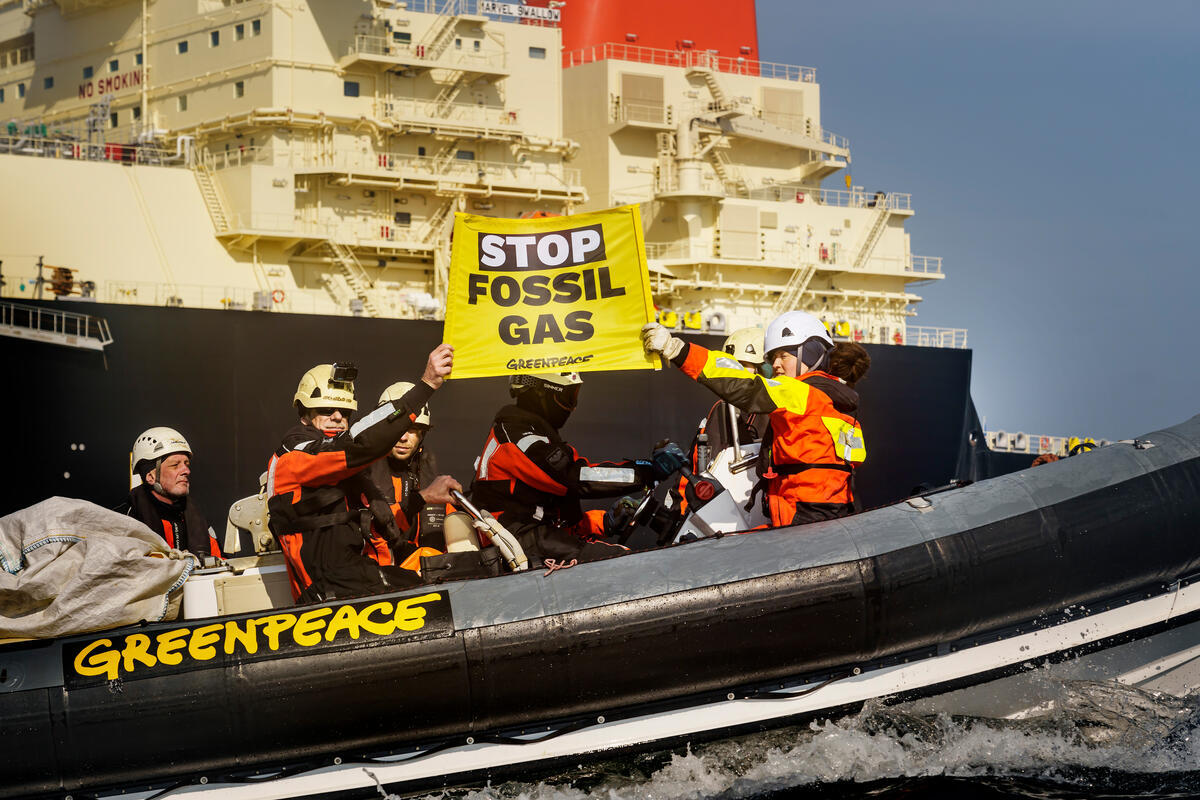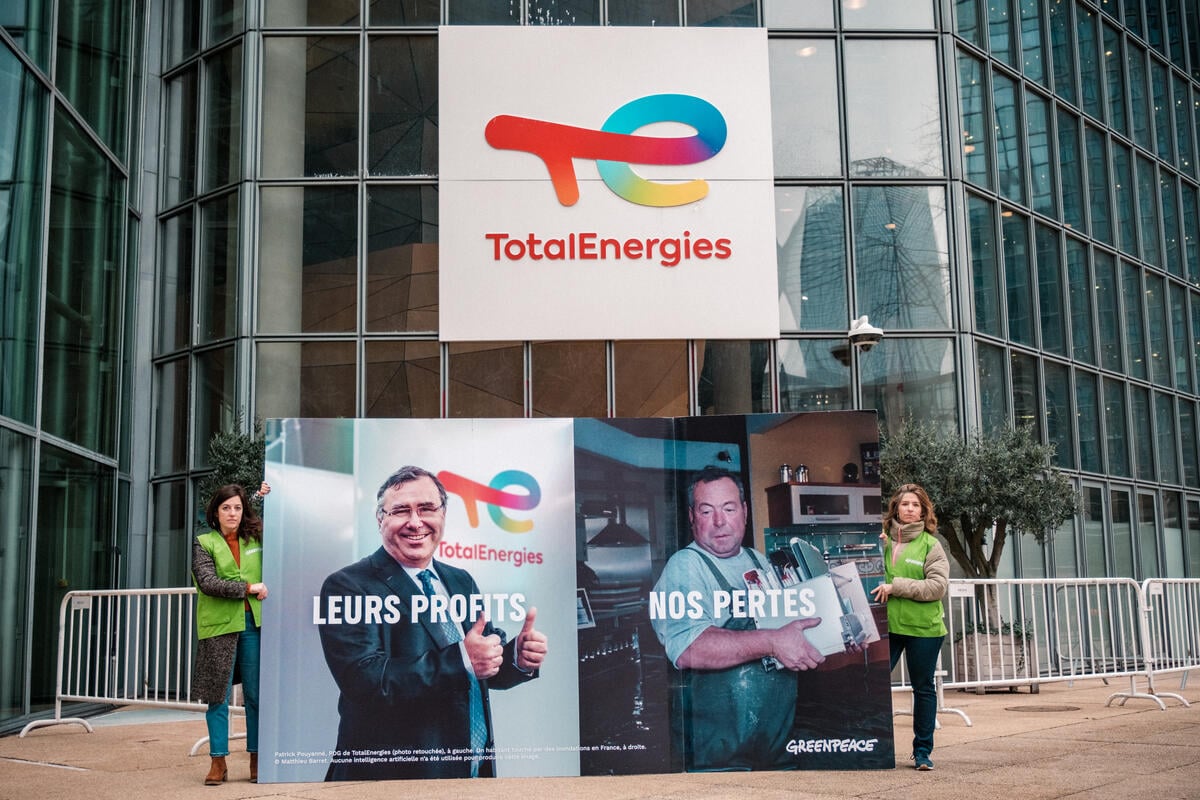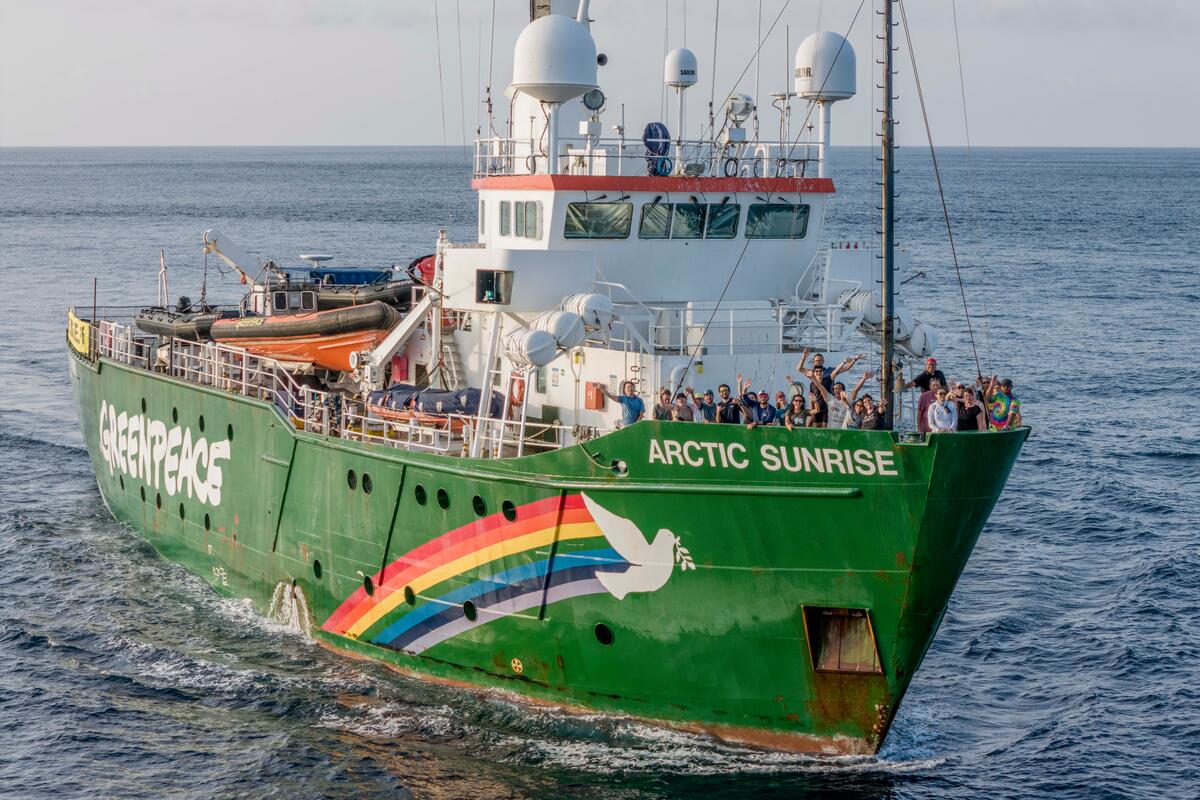We are in the midst of a #ClimateEmergency. Thousands of people around the world, from heads of state to school-age strikers are calling for an immediate and just transition to a zero-carbon future. Yet despite its greenwashing and rhetoric about aligning itself with the goals of the Paris Agreement, BP is steaming ahead with oil extraction.
They currently have a 27,000 tonne oil rig off the coast of Scotland, aiming to drill new wells and 30 million barrels of oil. We cannot allow this to happen.
On the evening of Sunday 9th June, a team of Greenpeace activists drew up alongside the rig as it was preparing to leave Scotland’s Cromarty Firth. They scaled the rig, stopping it in its tracks, and hung a banner displaying the only two words needed to describe the madness of drilling for more oil: Climate Emergency
Eight days later we are still confronting BP, and the world is still watching.
The next phase of our work to hold BP to account is as yet unwritten. But here is a timeline of the course of events so far. How this timeline plays out relies on the bravery of our activists and the support of the millions of people around the world, unified in their demand for #NoMoreOil. Join us, and help write the next chapter of our fossil-free future.
Here’s what has happened so far:
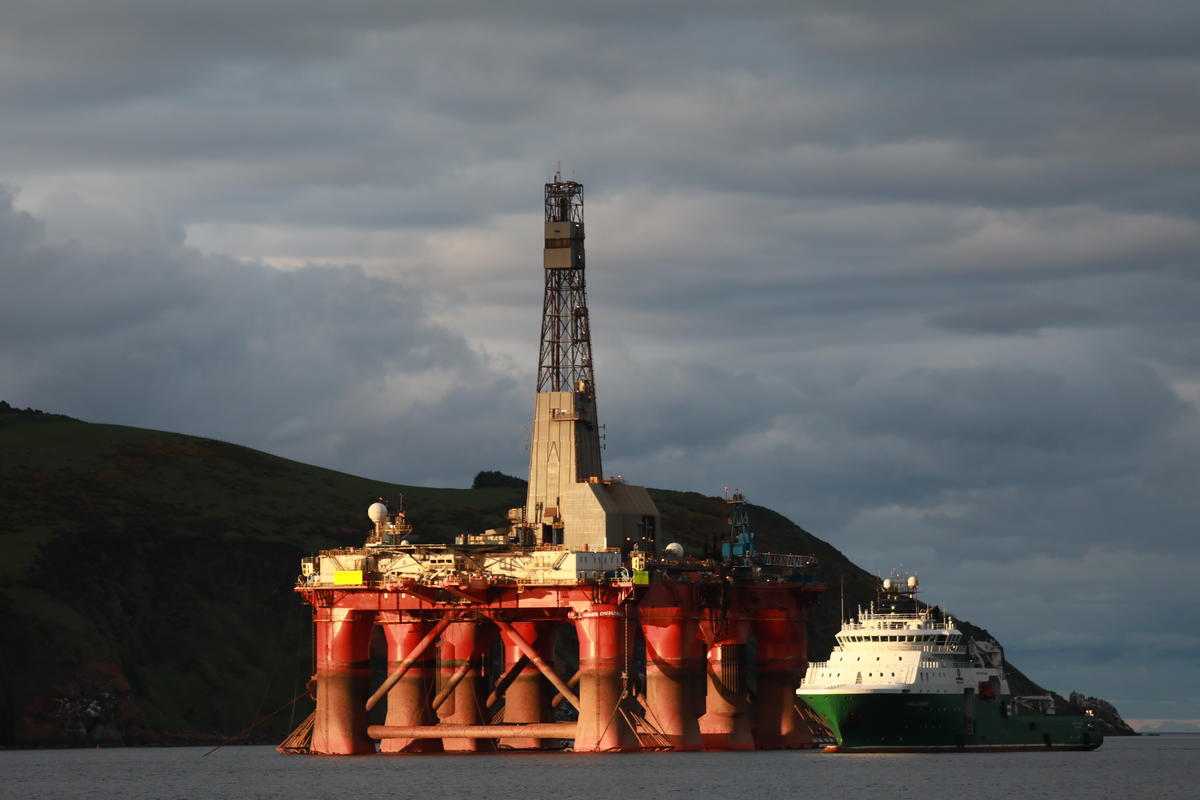
Greenpeace climbers on BP oil rig in Cromarty Firth, Scotland.
DAY 1 (Sunday 9th June)
6.30pm a team of Greenpeace UK activists in boats draw up alongside the oil rig in Scotland’s Cromarty Firth stopping it from leaving. They scale it and unfurl a banner declaring a “Climate Emergency”.
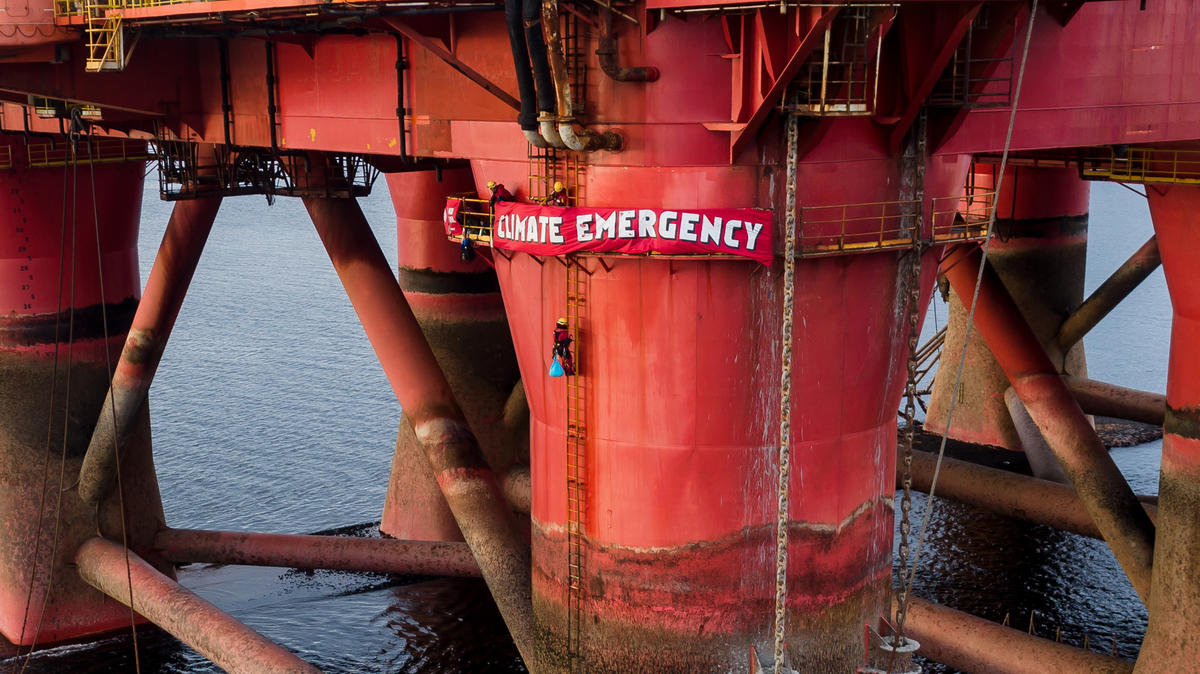
Greenpeace climbers on BP oil rig in Cromarty Firth, Scotland.
DAY 2 (Monday 10th June)
Two activists, Fran and Jo, remain in situ on a gantry on a leg of the rig, below the main deck. Pete and Tom swap in that evening, and have provisions to stay in place for days.
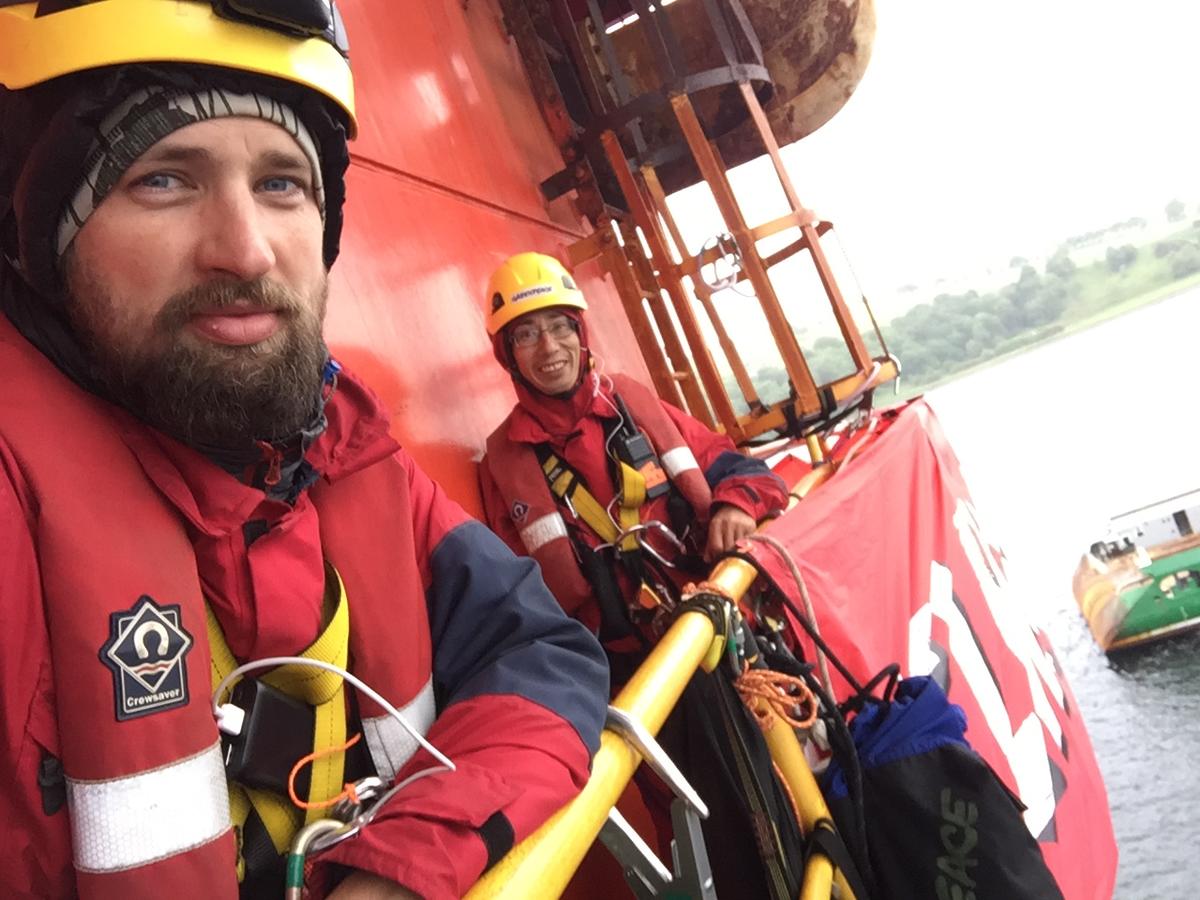
Greenpeace climbers on BP oil rig in Cromarty Firth, Scotland.
DAY 3 (Tuesday 11th June)
Greenpeace UK are served an interdict – the Scottish law equivalent of an injunction – in a bid to prevent the continuing rig occupation. Rig workers attempt to lower the injunction via a bucket and rope to the two activists.
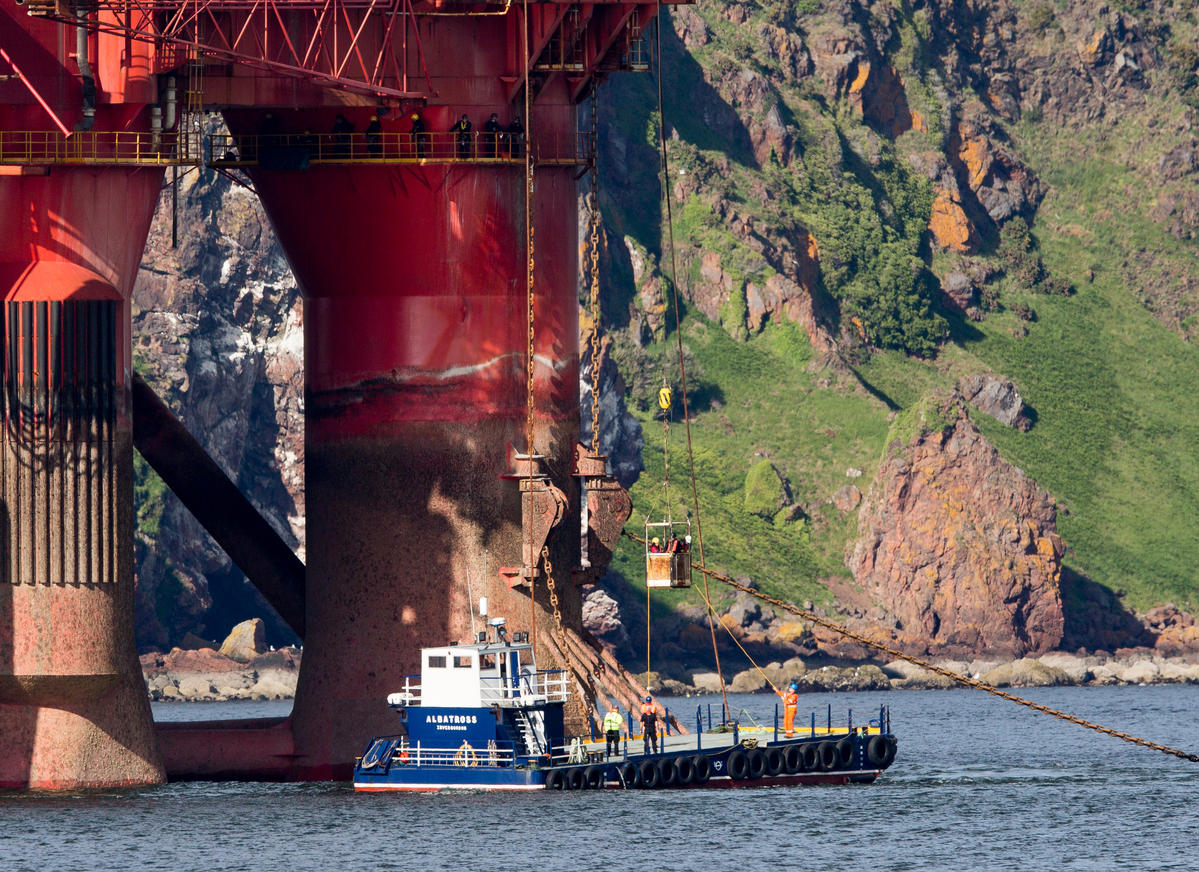
Two Greenpeace climbers arrested on BP oil rig in Scotland
DAY 4 (Wednesday 12th June)
The rig remans occupied and unable to move.
DAY 5 (Thursday 13th June)
Police Scotland started attempts to remove the activists. Ever resourceful, one activist attaches to the anchor chain. By evening, police boats and climbers manage to remove both. By this time Greenpeace has been stopping the rig for over 70 hours.
DAY 6 (Friday 14th June)
At 4am a fresh team of Greenpeace UK activists climbed up one of the gantry legs to re-board the BP oil rig! This is just hours after Police Scotland declared the occupation over. This pair, Meena and Andrew, occupy the rig all day but by the evening the police have removed them. Shortly afterwards the Transocean rig is towed out of the Cromarty Firth on its way to the intended drilling site.
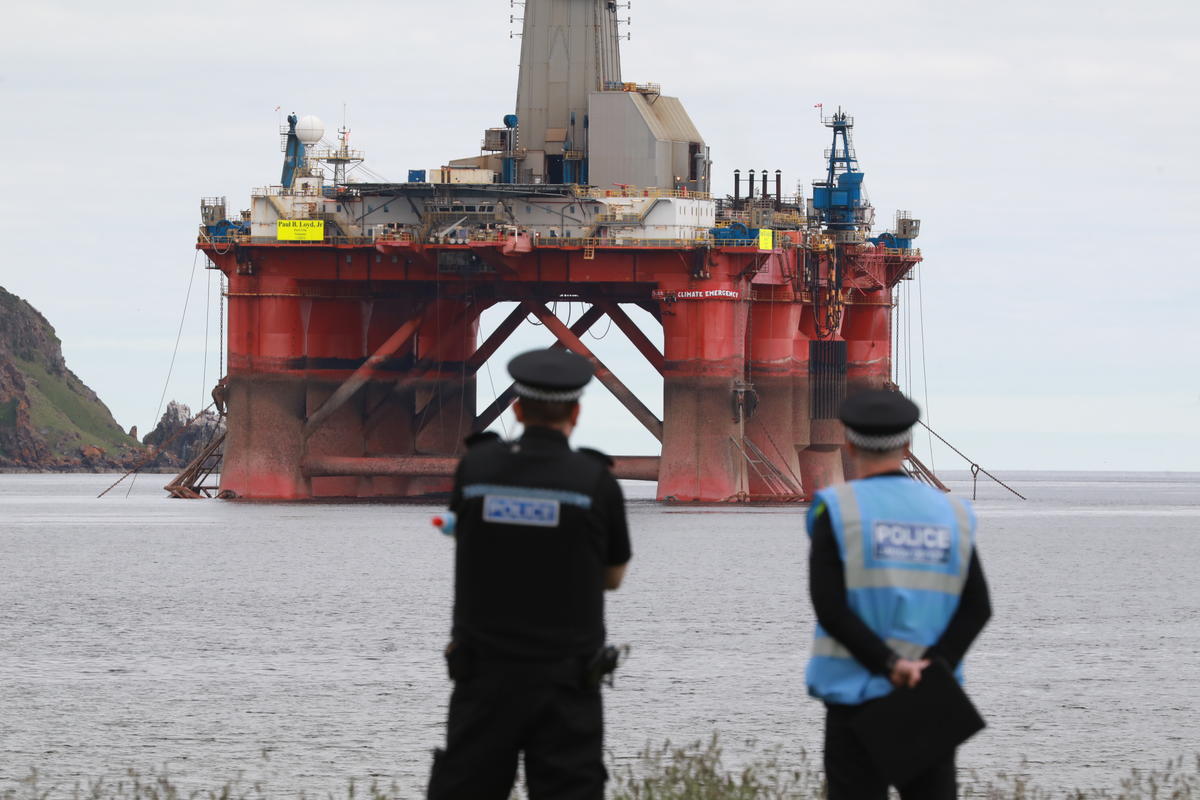
Greenpeace climbers on BP oil rig in Cromarty Firth, Scotland.
DAY 7 (Saturday 15th June)
By day 7 there are also injunctions in place against the Greenpeace ships the Arctic Sunrise and the Esperanza. Defiantly the Arctic Sunrise is on course to Scotland, sailing northward up the east coast of the UK, trying to catch up with the rig. A climbing team from Greenpeace Germany are on board. Across the UK solidarity protests with ‘Climate Emergency’ banners start happening outside BP petrol stations.
#BPShutdown to make a world free from climate change #nomoreoil pic.twitter.com/prx2fQULWF
— Berkshire Greenpeace (@berksgp) June 15, 2019
DAY 8 (Sunday 16th June)
The Greenpeace ship the Arctic Sunrise manages to catch up with the oil rig in the North Sea. In an unexpected twist, the rig performs a u-turn and starts heading back to Scotland’s coast. It’s too soon to know what it’s doing and why it turned around. But we intend to stay with it to try and thwart their plans to drill for more oil. More updates soon…
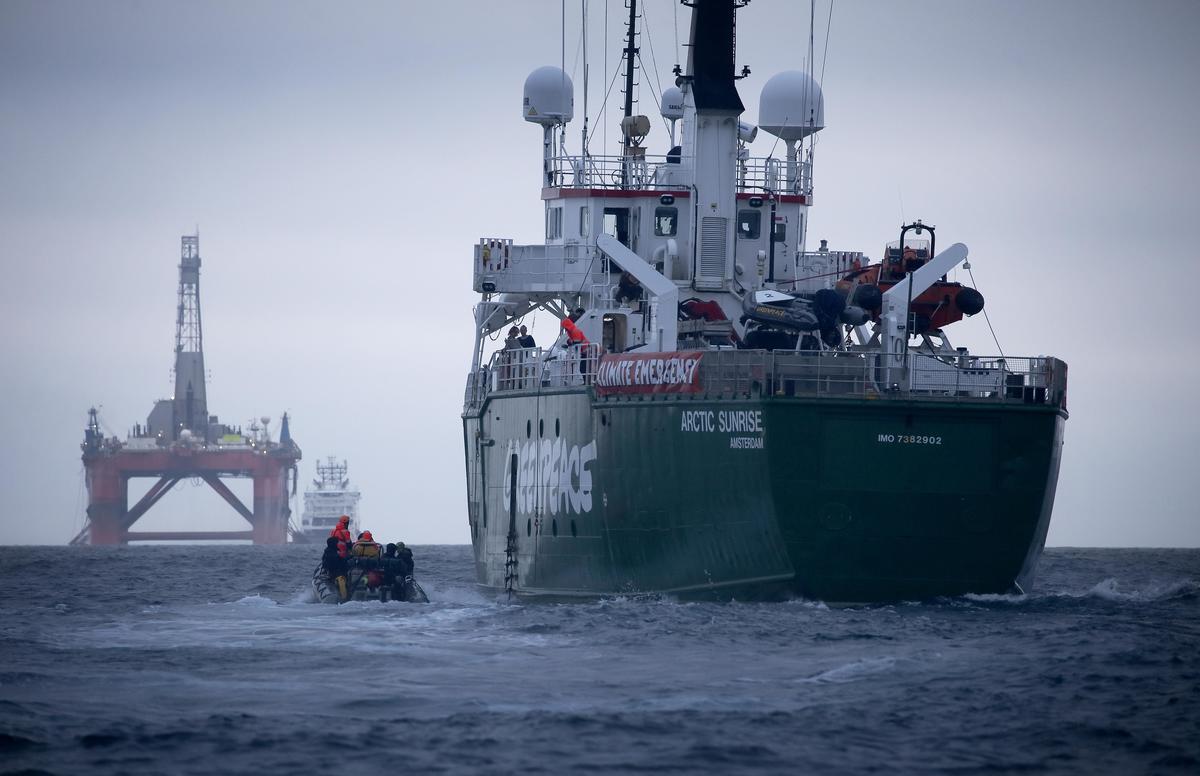
NORTH SEA MYAS 16 JUN 2019 – Greenpeace ship Arctic Sunrise follows the BP chartered Transocean ‘The Paul B Loyd Jr’ rig en route to the Vorlich field in the North Sea.
Sophie Allain is a global strategist on the Greenpeace International oil team.

